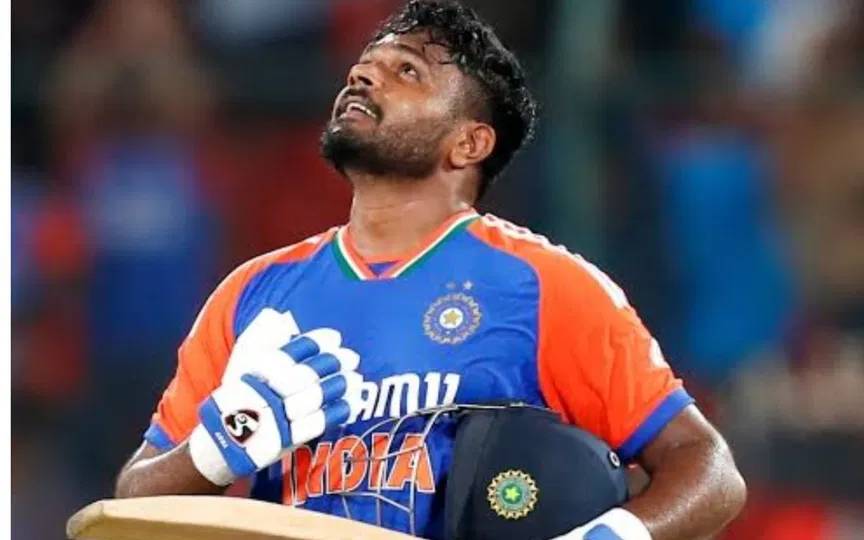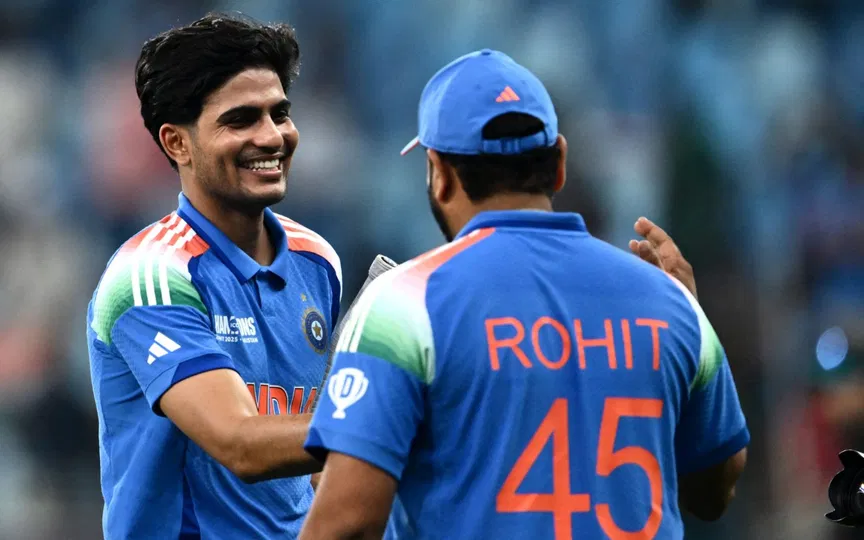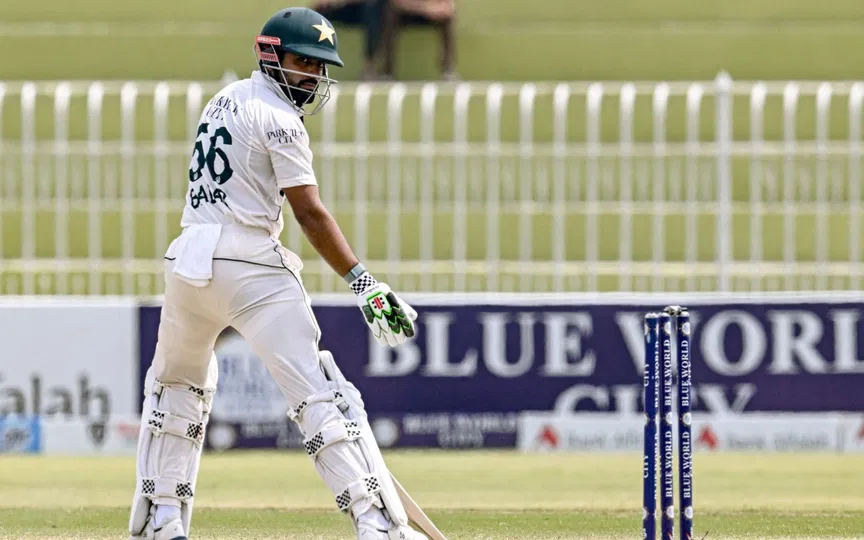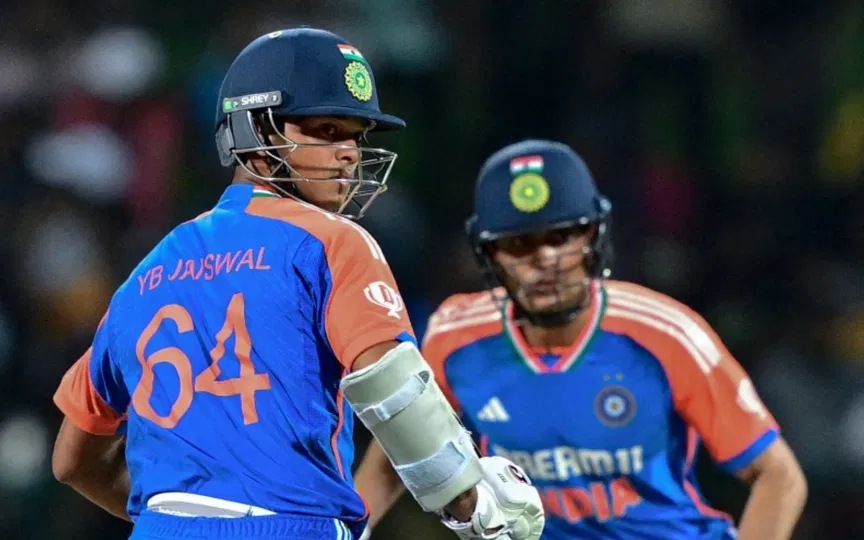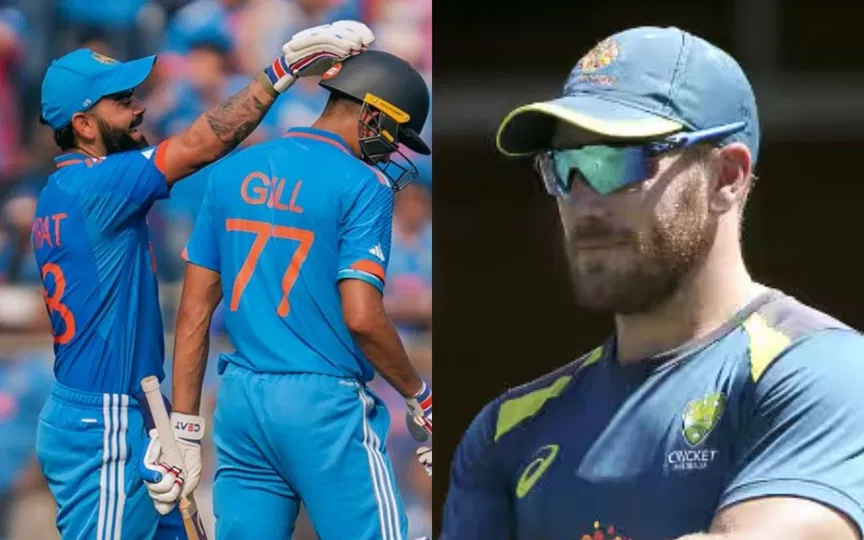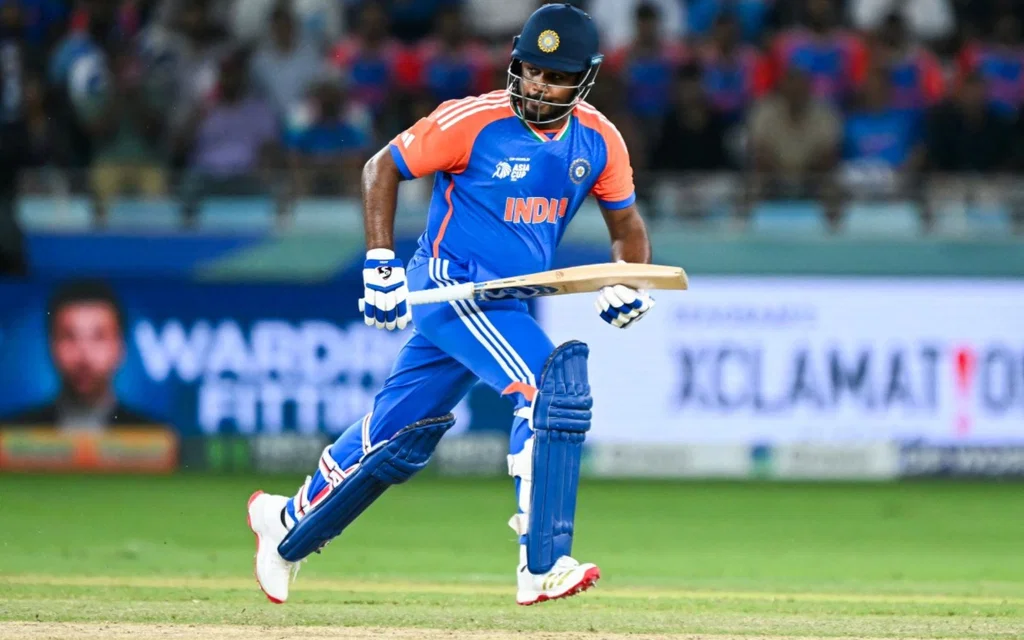 Sanju Samson for India (Source: AFP)
Sanju Samson for India (Source: AFP)
India's ODI squad for the Australia tour has been announced, and the selectors have made some bold decisions. Shubman Gill has replaced Rohit Sharma as ODI captain, and Ravindra Jadeja has also been excluded from the side.
Ajit Agarkar's logic for ignoring Sanju Samson
Another big talking point is Dhruv Jurel's selection over Sanju Samson despite Rishabh Pant's non-availability. The chief selector Ajit Agarkar stated that Sanju Samson has not been included because he is a top-order batter and there is no spot at the top.
He stated that India needed a middle-order batter, and that is why Dhruv Jurel has been preferred. Ajit Agarkar also recalled that Sanju Samson scored his century at number 3 and stated that though India are trying him in the middle order in T20Is, things are different in ODIs. So, are Ajit Agarkar's remarks logical and is Samson really incapable of batting in the middle order in ODIs? Let's find out.
Samson's flexibility in ODIs - A proven fact
Firstly, if we take the point that Sanju Samson is a top-order batter, then at the international level at least, the remark does not hold true. Out of the 14 ODIs, Sanju Samson has batted in, 6 innings have come at number five, 4 at number six and one at number four. Thus, he has played only three innings at the number 3 position, where he scored a century in his last ODI match at the international level.
However, his average at number six, a lower-middle order position, is 90 while the strike-rate is 117.64. Yes, the stats are for just four innings, but the man performed in the limited opportunities he got, and it was the position where the team management was trying to fit him in before the World Cup 2023.
At number 5, too, he has an average of close to 40, while he scored a fifty at number four in the only innings he played there. So, Sanju Samson has shown excellent flexibility in ODI cricket when it comes to his batting position in the 50-over format, which suggests that Agarkar's logic that he cannot bat in the middle order does not hold true.
| Criterion | At no. 3 | At no. 4 | At no. 5 | At no. 6 |
| Innings | 3 | 1 | 6 | 4 |
| Runs | 163 | 51 | 116 | 180 |
| Average | 54.33 | 51 | 38.66 | 90 |
| Strike-rate | 91.06 | 124.39 | 83.45 | 117.64 |
| 100s/50s | 1/0 | 0/1 | 0/1 | 0/1 |
Trust in T20Is, but not in ODIs despite better record
Also, Ajit Agarkar said that though India are trying him in the middle order in T20Is, things are different in ODIs. Now, it is a well-known fact that there is less time to get oneself set in T20Is in the middle order than in ODIs. If at all, Samson can be considered as only a top-order batter, then it should be in T20Is, where his record is brilliant as opener and at number 3, but not in the middle order.
Thus, if the Indian team management can try Sanju Samson in the middle order in T20Is despite not having a good record, then why can't they do so in ODIs where he has performed in the past? Infact, in the 50-over format, Sanju Samson would get more time to get himself set before exploding and has even batted at number five for Kerala in List A cricket. Thus, the logic of trying Sanju Samson in T20Is in the middle order and not doing the same in ODIs makes little sense given his past record and style of play.
Therefore, it can be concluded that Ajit Agarkar's remark on Sanju Samson's exclusion is devoid of cricketing logic. The decision seems to be based more on India wanting to give Jurel a go in ODI cricket after his exploits at the Test level.
